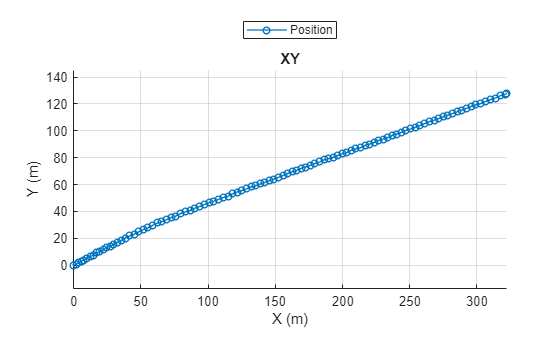synchronize
Syntax
Description
synchronize(
synchronizes data in the input sensor data object sensorDataObj,refSensorData)sensorDataObj with
reference to the timestamps in the input reference sensor object
refSensorData.
synchronize(
resamples data in the input sensor data object sensorDataObj,NewTimestamps=newTimestamps)sensorDataObj with
reference to the specified new timestamps newTimestamps.
synchronize(
resamples data in the input sensor data object sensorDataObj,SampleTime=dt)sensorDataObj with a
specified regularly spaced sample time, dt.
synchronize(
resamples data in the input sensor data object sensorDataObj,SampleRate=Fs)sensorDataObj with the
specified sample rate Fs.
synchronize(___,Method=
resamples data in the input sensor data object method)sensorDataObj using the
specified synchronization method method in addition to any combination
of input arguments from previous syntaxes.
sensorDataSynchronized = synchronize(___)sensorDataSynchronized.
Note
This function requires the Scenario Builder for Automated Driving Toolbox™ support package. You can install the Scenario Builder for Automated Driving Toolbox support package from the Add-On Explorer. For more information about installing add-ons, see Get and Manage Add-Ons.
Examples
Input Arguments
Output Arguments
References
[1] Akima, Hiroshi. “A New Method of Interpolation and Smooth Curve Fitting Based on Local Procedures.” Journal of the ACM 17, no. 4 (October 1970): 589–602. https://doi.org/10.1145/321607.321609.
[2] Akima, Hiroshi. “A Method of Bivariate Interpolation and Smooth Surface Fitting Based on Local Procedures.” Communications of the ACM 17, no. 1 (January 1974): 18–20. https://doi.org/10.1145/360767.360779.
Version History
Introduced in R2024b

